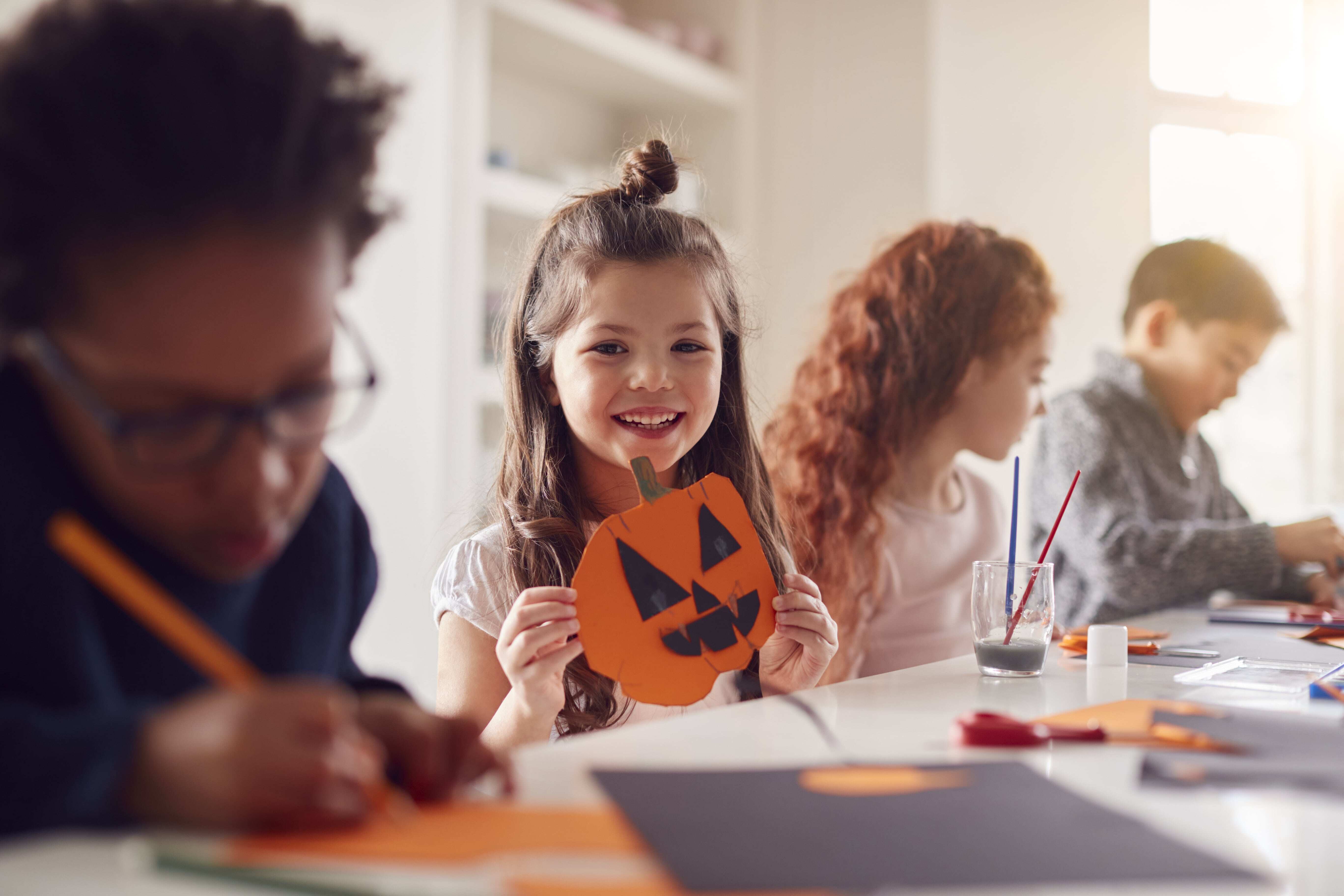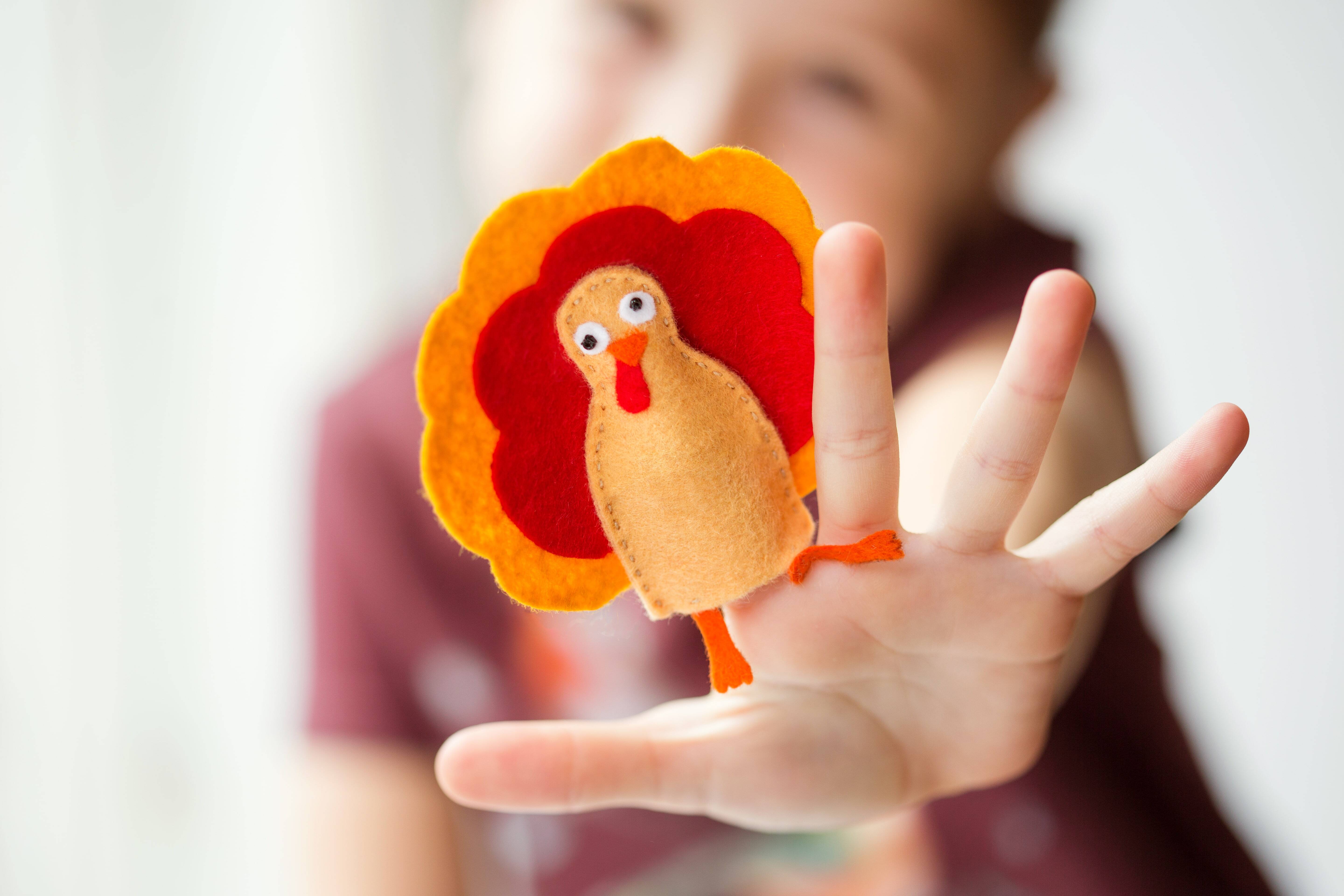Learn how to make simple DIY musical instruments at home with your kids, combining crafting and music education for fun, creativity, and family bonding.
Music is a universal language that resonates with people of all ages, especially children. Introducing young ones to the world of music through hands-on crafting activities can be an incredibly enriching experience. Creating simple musical instruments at home not only fosters creativity but also enhances their understanding of music and sound. In this blog post, we'll explore some fun and easy DIY musical instrument projects that families can enjoy together, along with the educational benefits these activities offer.
The Joy of Making Music at Home
Engaging in music-making at home provides a multitude of benefits:
- Creativity and Imagination: Crafting instruments encourages children to use their imagination and think creatively.
- Fine Motor Skills: Handling various crafting materials and assembling instruments helps develop fine motor skills.
- Scientific Understanding: Kids gain a basic understanding of how sound is produced and how different materials can affect sound.
- Family Bonding: Creating music together strengthens family bonds and provides quality time spent away from screens.
DIY Musical Instrument Projects
Here are a few simple and fun musical instruments you can make at home with easily accessible materials.
1. Shaker Bottles
Educational Benefit: Shaker bottles help children explore rhythm and timing. They can experiment with different filling materials to see how the sound changes.
Materials Needed:
- Empty plastic bottles
- Rice, beans, or small beads
- Decorative stickers or markers
Instructions:
- Clean and dry the plastic bottles.
- Fill each bottle with rice, beans, or small beads.
- Secure the lid tightly (you can use tape to ensure it stays closed).
- Decorate the bottles with stickers or markers.
2. Straw Pan Flutes
Educational Benefit: This activity teaches kids about pitch and how the length of an instrument affects the sound it produces.
Materials Needed:
- Plastic straws
- Scissors
- Tape
Instructions:
- Cut the straws into varying lengths.
- Arrange the straws from shortest to longest.
- Tape the straws together in a line.
- Blow across the top of the straws to produce different notes.
3. Drum Set
Educational Benefit: Creating and playing drums introduces children to the concept of percussion and rhythm. It also encourages them to explore different beats and patterns.
Materials Needed:
- Empty tin cans or plastic containers
- Balloons
- Rubber bands
- Sticks or pencils
Instructions:
- Cut the balloon's neck off.
- Stretch the balloon over the opening of the tin can or container.
- Secure the balloon with a rubber band.
- Use sticks or pencils as drumsticks to play your drum.
4. Rubber Band Guitar
Educational Benefit: This project helps children understand string instruments and how tension affects pitch. They can experiment with different rubber band thicknesses to see how it changes the sound.
Materials Needed:
- Empty tissue box
- Rubber bands
- A cardboard tube (from a paper towel roll)
- Tape or glue
Instructions:
- Stretch rubber bands around the empty tissue box lengthwise to create strings.
- Attach the cardboard tube to the end of the box to act as the neck of the guitar using tape or glue.
- Strum the rubber bands to produce sounds.
Combining Crafting and Music Education
While crafting these instruments, take the opportunity to explain some basic musical concepts:
- Pitch: Higher and lower sounds produced by different lengths and tensions.
- Rhythm: Patterns of sound in time, which can be explored through drumming.
- Volume: Loudness and softness of sounds, which can be influenced by the force used to play the instrument.
- Tone: Quality of the sound, which can be affected by the materials used.
Encourage your children to experiment with their instruments, compose simple songs, and even put on a family concert. This not only makes learning fun but also helps solidify their understanding of musical concepts in a practical, hands-on way.
Creating DIY musical instruments at home is a delightful way to combine crafting and music education. These simple projects are perfect for young families, offering an engaging and educational activity that promotes creativity, motor skills, and scientific understanding. So gather your materials, get crafty, and let the music begin! Your children will not only have fun but also gain valuable knowledge about the wonderful world of music and sound.
Stay in the know and check us out on social media! Follow BrightPath on Facebook and Instagram for a variety of fun activities and daily inspiration.







